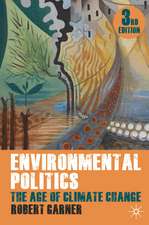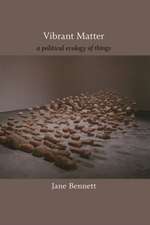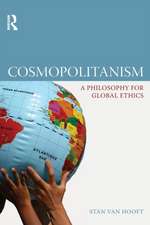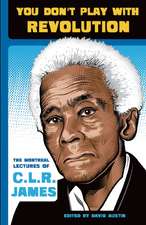Still Seeing Red: How The Cold War Shapes The New American Politics
Autor John Kenneth Whiteen Limba Engleză Paperback – 25 sep 1998
| Toate formatele și edițiile | Preț | Express |
|---|---|---|
| Paperback (1) | 323.23 lei 6-8 săpt. | |
| Taylor & Francis – 25 sep 1998 | 323.23 lei 6-8 săpt. | |
| Hardback (1) | 1000.27 lei 6-8 săpt. | |
| Taylor & Francis – 13 iun 2019 | 1000.27 lei 6-8 săpt. |
Preț: 323.23 lei
Nou
Puncte Express: 485
Preț estimativ în valută:
61.86€ • 64.34$ • 51.07£
61.86€ • 64.34$ • 51.07£
Carte tipărită la comandă
Livrare economică 12-26 aprilie
Preluare comenzi: 021 569.72.76
Specificații
ISBN-13: 9780813318899
ISBN-10: 0813318890
Pagini: 448
Dimensiuni: 152 x 229 x 30 mm
Greutate: 0.45 kg
Ediția:1
Editura: Taylor & Francis
Colecția Routledge
Locul publicării:Oxford, United Kingdom
ISBN-10: 0813318890
Pagini: 448
Dimensiuni: 152 x 229 x 30 mm
Greutate: 0.45 kg
Ediția:1
Editura: Taylor & Francis
Colecția Routledge
Locul publicării:Oxford, United Kingdom
Cuprins
* Introduction: Who Are We? Cold War Fears And Party Response * 19451946: Lost Innocence * 19471950: The New Politics of Old Fears * 1952: The Transforming Election The Cold War Party System * The Nationalist Republicans * The Divided Democrats Diminished Parties In Search Of A New Politics * High Anxiety: PostCold War Politics * The Collapse of the Old Order * The Shape of Things to Come
Descriere
Through a text which is complemented by extensive polling data, this work explores how the Cold War moulded the internal politics of the United States. It takes readers through the Cold War period, describing its effect in redrawing the electoral map after World War II.















